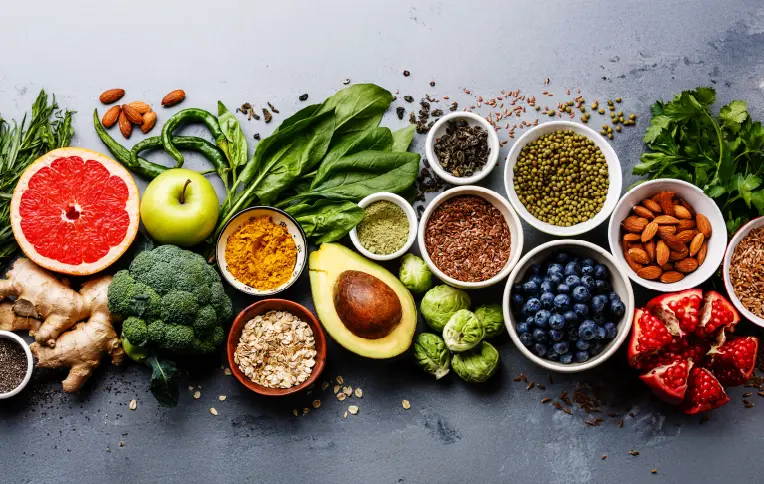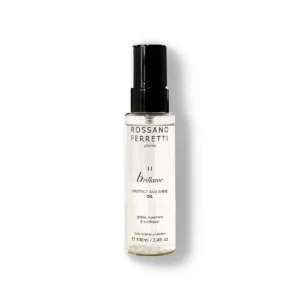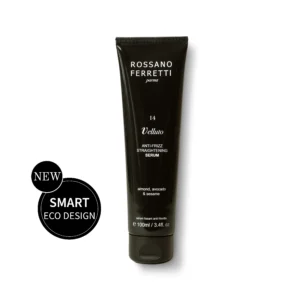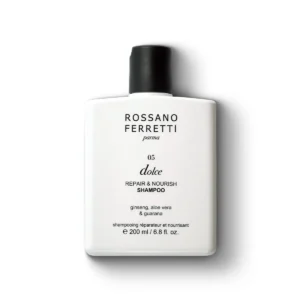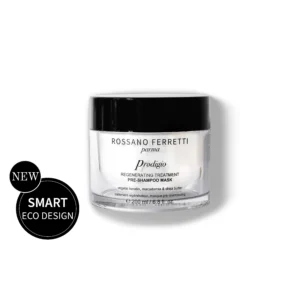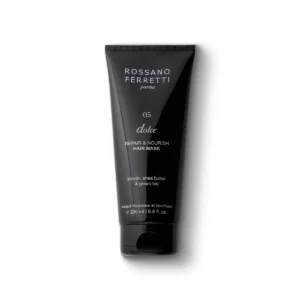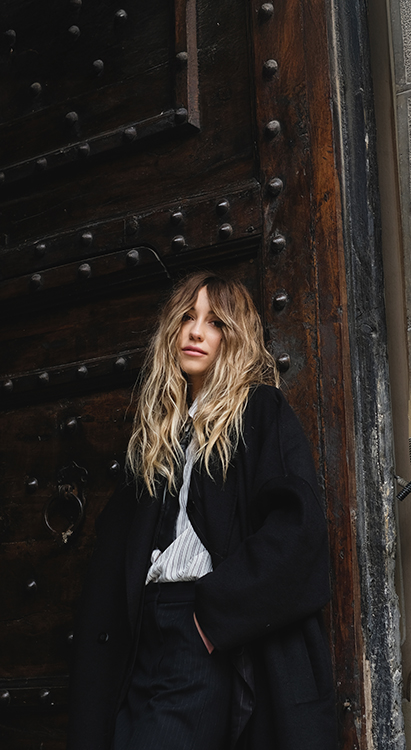How to Make Hair Soft and Silky




In this article:
- Understand Your Hair’s Natural State First
- Don’t Overwash – Let Natural Oils Work for You
- Use Nourishing Products in the Shower
- Be Gentle with Wet Hair
- Master Your Blow-Dry Technique
- Switch to a Satin Pillowcase
- Feed Your Hair from Within
- Be Consistent, Not Extreme
- A Final Word from Madrid…
- FAQ
When it comes to fabulous hair, nothing compares to the confidence that comes from soft, silky, touchable strands.
As Hair Director at the Rossano Ferretti HairSpa in Madrid, I have the pleasure of welcoming clients from all over the world, from Madrid locals to international travellers who’ve just stepped off a plane. No matter where they’re from, they often ask me the same question: How can I make my hair softer, shinier, and healthier, without relying on heavy treatments or styling tricks that only last a day?
Below, I’ll share the professional tips and advice I give my clients behind the chair. These are techniques that not only help transform hair texture, but also nurture long-term health and manageability.
1. Understand Your Hair’s Natural State First
Softness and silkiness look different depending on your hair type. Wavy, curly, straight, fine, coarse – each texture has its own baseline, and the goal is never to fight that. Instead, it’s about working with your natural pattern to enhance smoothness, hydration, and shine.
The first step I recommend? Understand your hair type and porosity. Hair with high porosity, for instance, absorbs moisture quickly but also loses it fast, so it often feels dry. On the other hand, low porosity hair might resist moisture, so it needs lighter hydration delivered more consistently.
Knowing this helps you tailor how often to wash, which techniques to use when drying, and how much hydration your hair needs.
2. Don’t Overwash – Let Natural Oils Work for You
Sebum, the natural oil produced by your scalp, is one of your hair’s greatest allies. It coats the strands in protective moisture and prevents dryness, frizz, and brittleness. When hair is washed too often, this delicate balance gets disrupted. Stripping the scalp of its oils can leave your hair feeling dry and vulnerable.
My advice? Wash your hair two to three times per week, unless your hair is extremely fine or oily. This allows your natural oils to nourish the lengths of your hair, improving softness and shine over time. If your roots feel oily in between washes, a dry shampoo can refresh without interfering with your scalp’s rhythm.
For more expert guidance on creating the right washing routine for your hair type, the article How Often Should I Wash My Hair? is a great place to start.
3. Use Nourishing Products in the Shower
When clients ask me how to make hair soft and silky, I always say: start in the shower. The products you choose here make a big difference.
First, look for a sulphate-free shampoo. Sulphates can strip away natural oils, leaving your hair feeling dry or brittle. A gentle, sulphate-free formula respects your scalp’s natural balance and helps maintain moisture levels, especially for hair that’s dry, coloured, or textured.
Next, incorporate a deep conditioning mask into your routine. A high-quality mask rich in natural oils, proteins, and hydrating ingredients helps restore softness, smooth the cuticle, and improve manageability over time. For best results, use it regularly after washing your hair. Once a week, leave it on a little longer for a deeper conditioning boost. I recommend applying your mask after shampooing, then wrapping your hair in a warm towel for ten to fifteen minutes to allow the formula to deeply penetrate.
Together, these in-shower rituals create the perfect foundation for softness, silkiness, and long-term hair health.
4. Be Gentle with Wet Hair
Hair is at its most vulnerable when it’s wet. This is especially true for finer hair or chemically treated strands.
Here’s what I tell every client:
- Never rub with a towel. Always blot with a soft microfiber towel.
- Use your fingers or a wide-tooth comb first. Start detangling from the ends and slowly work your way up to avoid unnecessary breakage.
- Apply hydration while the hair is still damp. Water opens the hair cuticle a little, so moisture-rich formulas or oils can penetrate more deeply at this stage.
5. Master Your Blow-Dry Technique
Blow-drying doesn’t have to damage your hair if you follow the right steps. I often walk clients through a “healthy heat” routine during their first visit to our Four Seasons Madrid Rossano Ferretti HairSpa.
Here are my essentials:
- Always start with heat protection. Before picking up the hairdryer, apply a protective product evenly through damp hair. This helps shield the hair shaft from heat damage, reduces moisture loss, and prevents long-term breakage. I tell every client: heat protection isn’t optional, it’s essential.
- Begin with 70–80% air-dried hair. This limits exposure time to heat and helps set the shape naturally.
- Use a nozzle to control airflow direction, always aiming downward along the hair shaft. This smooths the cuticle and enhances shine.
- Keep the dryer moving. Avoid holding it too close to one section, and maintain a safe distance of at least a few inches from the scalp and strands.
- Use a round boar-bristle brush to polish the ends and create tension without tugging, especially for straight or softly waved looks.
If you prefer to air-dry, I still recommend applying a protective product—especially if you’re heading into the sun. UV rays can be just as damaging as heat styling, drying out the hair and fading colour over time. A few drops of a nourishing oil with protective benefits can help shield your strands, keeping them soft, healthy, and full of life, even on sunny days.
6. Switch to a Satin Pillowcase
You may not realise it, but your choice of pillowcase can affect your hair health. Cotton causes friction as you move in your sleep, which can roughen the cuticle and lead to breakage or frizz.
A satin or silk pillowcase allows your hair to glide smoothly, preserving moisture and keeping strands sleek through the night. This is a small but effective habit that contributes to softer hair, especially when combined with a loose protective hairstyle at night.
7. Feed Your Hair from Within
Our diets play a huge role in how our hair comes out of the follicle. So, if you want your locks to grow healthy and shiny, you need to eat well. A healthy hair diet should consist of:
- Healthy fats that come from food sources such as salmon, nuts, seeds, and cold-pressed oils.
- Fresh fruits and vegetables such as papaya, carrots, pumpkin, sweet potato, melon, guava, and squash – which are all packed full of vitamin A (which can encourage soft and shiny hair growth).
- Zinc. This mineral stimulates oil glands around the hair follicles, helping hair to become stronger and reduce hair loss.
- Plenty of water to avoid a dry and unhealthy scalp.
(Remember to consult with your doctor or nutritionist before making any drastic dietary changes).
8. Be Consistent, Not Extreme
Finally, one of the biggest secrets to soft and silky hair is consistency. Many people jump from one product or routine to the next too quickly. I encourage my clients to commit to a rhythm and give their hair time to respond.
You don’t need dozens of products or a complicated routine. Just care, patience, and an understanding of your unique hair.
9. A Final Word from Madrid…
Whether you live in a bustling European capital or are passing through for a special occasion, soft and silky hair is something everyone can achieve. My goal as a hairdresser is always to help clients understand their hair better and feel beautiful in a way that feels natural, never forced.
If you’re ever in Madrid, come visit us at the Rossano Ferretti HairSpa. I’d be delighted to guide you through your personal hair journey.






